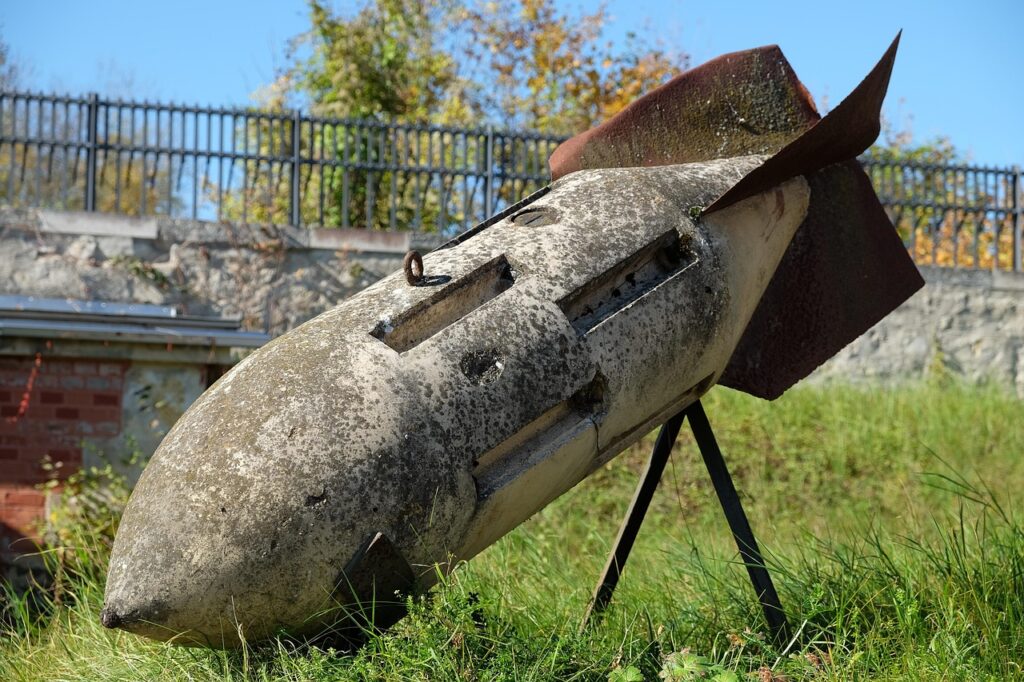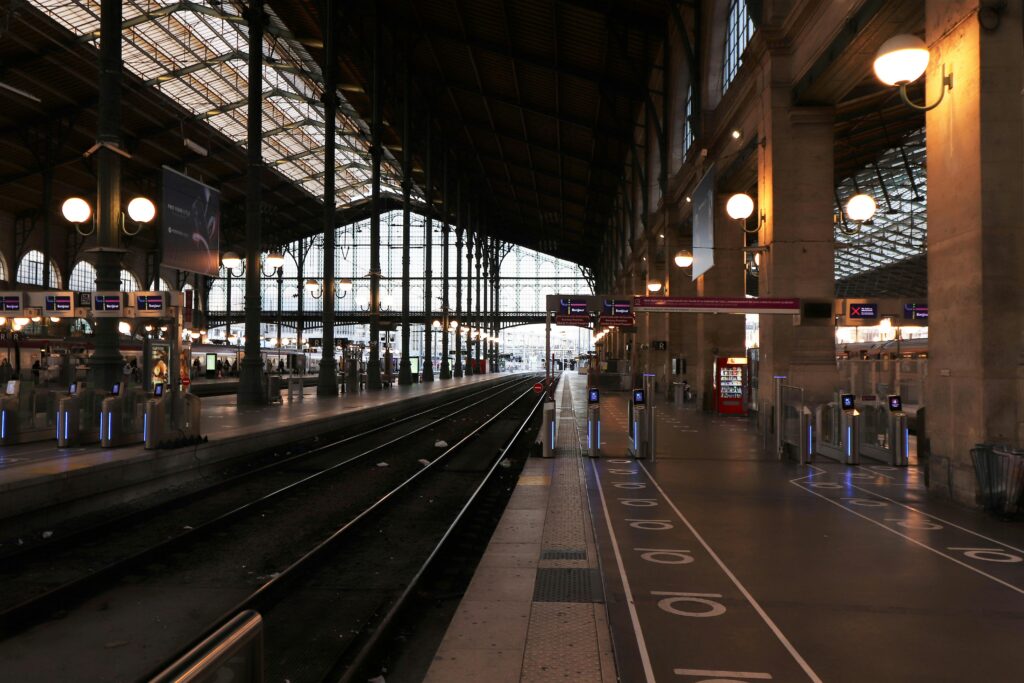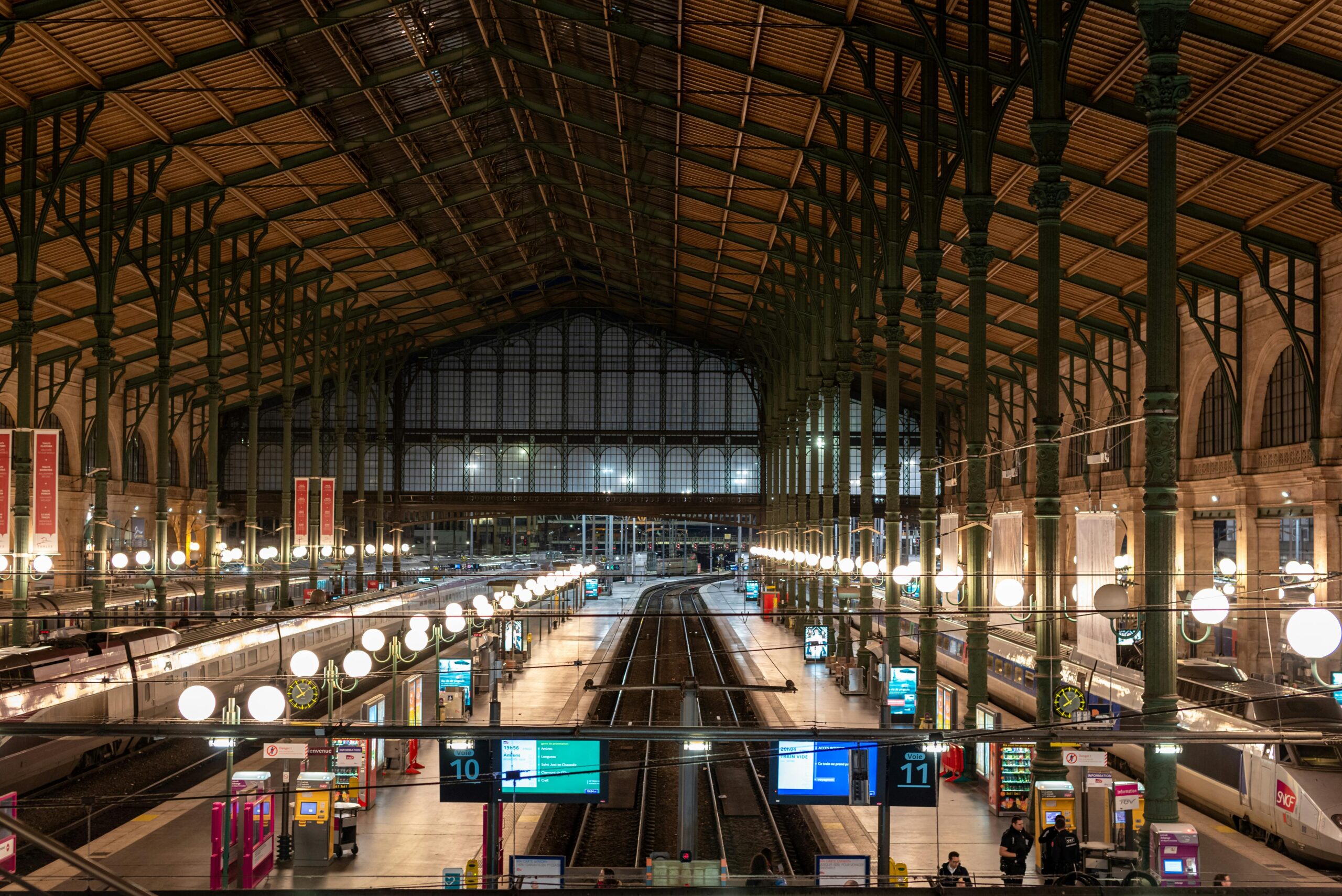In a striking reminder of Europe’s tumultuous past, French authorities have discovered an unexploded World War II bomb near Gare du Nord—a major railway hub serving millions each year, including Eurostar passengers. The incident has ignited discussions about public safety, historical memory, and the technical challenges of defusing relics from a bygone era.

A Glimpse Into the Past
During World War II, France, like many European nations, was scarred by intense aerial bombings and ground combat. Many explosive devices dropped during the conflict never detonated and were later buried under urban developments. The recent discovery near Gare du Nord—a station steeped in history—underscores that the remnants of war can still surface decades later. Unlike many war memorials that commemorate heroism and sacrifice, this bomb serves as a stark, physical reminder of the violence that once ravaged the continent.
The Discovery and Immediate Response
Authorities first detected unusual anomalies during routine maintenance work near the busy station. Bomb disposal experts were swiftly dispatched to secure the area and evaluate the device. Preliminary assessments indicate that the ordnance is a relic from the early years of the war, likely dropped or planted during the occupation. Although modern detection technology and deactivation protocols were employed, the incident briefly disrupted local transit and led to temporary evacuations as a precautionary measure.
French government officials and military experts have lauded the rapid response, emphasizing that the incident demonstrates the effectiveness of current urban safety measures. Eurostar, which connects Paris to several international destinations, worked closely with local authorities to ensure that passenger safety remained paramount while the area was cordoned off for further investigation.
Technical and Historical Insights
Beyond the immediate safety concerns, experts have taken a closer look at the bomb’s design and construction. Many unexploded ordnances from World War II are based on technology that, while primitive by today’s standards, required meticulous handling. Modern deactivation teams rely on a combination of robotics, chemical analysis, and controlled detonation procedures to neutralize such devices without risk to nearby civilians or infrastructure.
Historians have noted that this incident, while alarming, is not entirely unprecedented. Over the decades, several such relics have been uncovered across France. Yet, each find provides a unique window into the past—revealing details about military strategies, the materials used during the conflict, and even the logistical challenges faced by both Allied and Axis forces.

Impact on Public Transit and Urban Planning
The discovery has prompted renewed discussions among urban planners and transport officials about the latent risks hidden beneath historical cities. In busy hubs like Gare du Nord, which not only serve as transportation centers but also as living memorials to the past, ensuring public safety while preserving history is a delicate balancing act.
Eurostar officials have reassured passengers that stringent safety protocols and real-time monitoring systems are in place. The incident is being used as an opportunity to review emergency response plans and enhance the integration of historical risk assessments into modern infrastructure maintenance.
Moreover, city authorities are considering a broader initiative to systematically review areas built during or shortly after the war, ensuring that any remaining hazards are identified and safely managed.
Broader Implications and Collective Memory
The unearthing of a World War II bomb near one of Paris’ most iconic stations has broader implications for how societies deal with the remnants of conflict. While many residents view these relics as an important part of the national narrative—a tangible connection to a shared, albeit painful, history—they also represent a real danger. The incident has thus sparked conversations about how best to memorialize the past without compromising modern safety.
Some experts advocate for the creation of controlled museum exhibits that document the engineering and historical context of these devices. Such initiatives could serve both educational and commemorative purposes, ensuring that future generations understand the complexities of war and peace.

Frequently Asked Questions
Q1: What exactly was discovered near Gare du Nord?
A: Authorities found an unexploded World War II bomb during routine inspections near Gare du Nord, a major transit hub in Paris. The device is believed to be a relic from the early years of the conflict.
Q2: How old is the bomb and why did it remain undetonated?
A: The bomb dates back to World War II and, like many unexploded ordnances, it failed to detonate due to mechanical or environmental factors at the time. Decades of urban development have since concealed its presence.
Q3: What measures are being taken to ensure public safety?
A: Bomb disposal experts secured the area immediately upon discovery. The incident led to temporary evacuations and service disruptions, while coordinated efforts between local authorities, military specialists, and Eurostar ensured that the public was kept safe.
Q4: How common are such discoveries in France today?
A: While not an everyday occurrence, unexploded ordnances from World War II are occasionally discovered in France. Modern detection and deactivation techniques have made such incidents rare and manageable.
Q5: Will this incident affect Eurostar operations?
A: Eurostar has maintained that passenger safety remains the top priority. While there was a brief disruption, operations have resumed following thorough safety checks and coordination with local authorities.
Q6: Can deactivated bombs be preserved as historical exhibits?
A: Some experts support the idea of preserving deactivated ordnances as educational exhibits. This approach can help the public understand the historical context of these devices while ensuring that they are safely neutralized.
The discovery near Gare du Nord is a potent reminder that history, with all its triumphs and tragedies, continues to influence modern society. As France moves forward, balancing the imperatives of safety and remembrance, incidents like these serve as a catalyst for both reflection and innovation in preserving historical legacies.
Sources The New York Times


